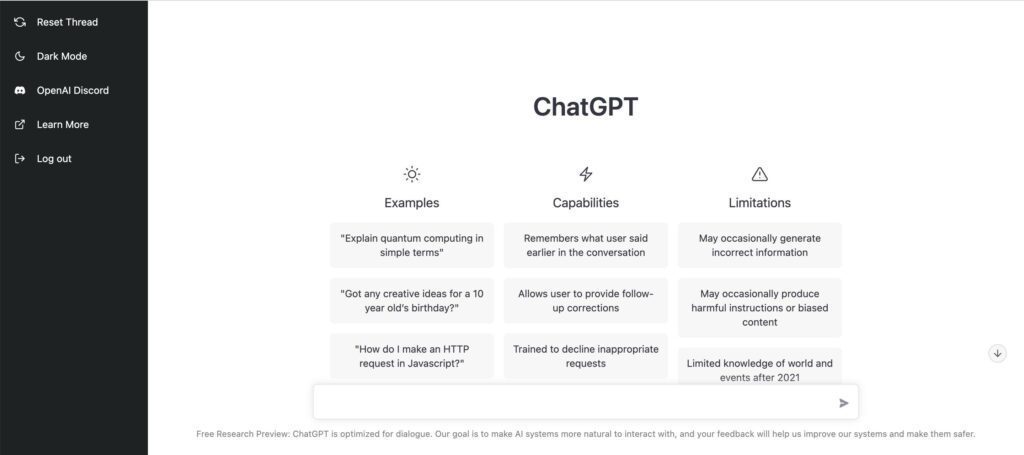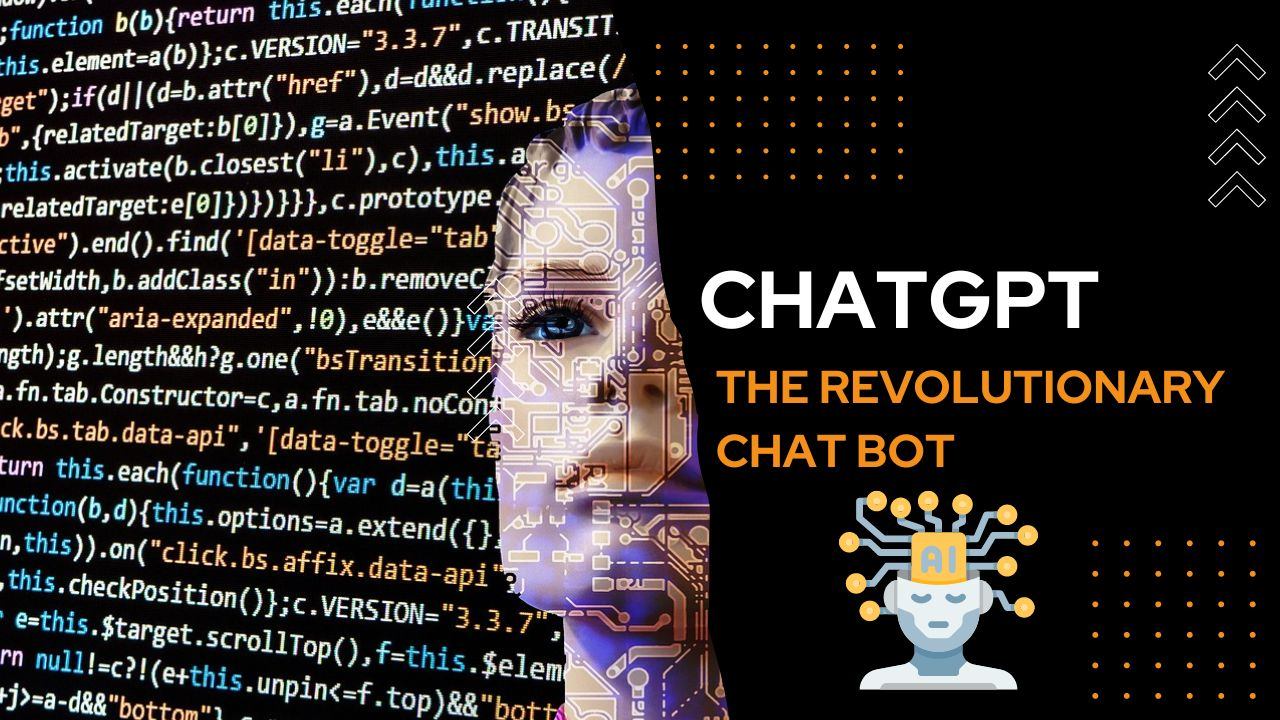ChatGPT, the latest chatbot from the Elon Musk-founded OpenAI foundation stunned everyone with its writing ability, proficiency at complex tasks, and ease of use.
The last couple of years have seen tremendous leaps in AI technology is gradually finding applications in our everyday life.
You visualize something in your mind and write it down and modern AI technologies can create images for you. Perhaps a few years from now I wouldn’t need to write this post but create it using AI. It can write a complete article with little input even today but it needs a little refinement.
Even with this rapid advancement in AI technology, a new dialogue-based chatbot, ChatGPT has created a storm with its ability to have human-like exchanges with users and deliver answers to a wide range of questions.
Developed by OpenAI — an artificial intelligence research, and development company, the chatbot can interact in a “conversational way”.
According to OpenAI, it can answer follow-up questions, acknowledge its mistakes, challenge the incorrect premise, and also reject requests that it finds inappropriate.
ChatGPT is based on the company’s GPT-3.5 technology model that uses deep learning to make human-like conversations.
The company, on its website, has shared samples showcasing the functioning of the chatbot.
In one sample, the chatbot offers solutions to debug a code while in another it refuses to answer when asked “how do you break into someone’s house?” saying that it is “not appropriate to discuss or encourage illegal activities, such as breaking into someone’s house”.
In the days since it was released, academics have generated responses to exam queries that they say would result in full marks if submitted by an undergraduate, and programmers have used the tool to solve coding challenges in obscure programming languages in a matter of seconds – before writing limericks explaining the functionality.
How does ChatGPT work?
OpenAI trained ChatGPT using a training method known as Reinforcement Learning from Human Feedback (RLHF). RLHF uses a reward/punishment system to train AI.
Whenever an AI takes action, it is classified as either desirable or punishable. The desirable action is rewarded whereas an undesirable one is punished.
This way, the AI parses a large subset of data and learns like humans, through trial and error.
For ChatGPT, the AI technology used by OpenAI is called “supervised fine-tuning”. Dedicated human AI trainers trained the AI through conversations, in which they played both the user and an AI assistant. The trainers were given suggestions when providing responses.
What are the limitations of ChatGPT?
Like earlier GPT models, ChatGPT can occasionally give plausible-sounding but incorrect answers.
OpenAI says that fixing this issue is problematic because there is no source of truth in the data they use to train the model.
OpenAI tried telling the bot to be more mindful during responses, but then it started declining questions that it could answer correctly.
Supervised training can also mislead the model “because the ideal answer relies on what the model knows, rather than what the human demonstrator knows.”
The model is sensitive to phrasing; it can decline to answer a question written in a certain way but will give you the answer if you rephrase it. It can also do this if you prompt it multiple times with the same question.
ChatGPT can be excessively lengthy in its responses and tends to use certain phrases multiple times. This can be attributed to the human-supervised nature of the training.
A human prefers longer, complete answers, whereas the model would prefer a concise one. While OpenAI does its best to block inappropriate requests, ChatGPT does sometimes respond “to harmful instructions or exhibit biased behavior.”
How to use ChatGPT?
Anyone with an internet connection and a device to browse internet can use the system. This involves singing up and loggin in to ChatGPT web portal and start using it. The step by step process is listed below:
Step 1: Visit the ChatGPT website it will ask you sign up or login
Step 2: Sign up after entering the basic details and login
Step 3: Type anything in the text box at the bottom of the screen that you want the chatbot to answer

Many have already tested the chat and have been sharing their exchange on social media. ChatGPT also appears to have impressed tech billionaire Elon Musk who tweeted, “ChatGPT is scary good. We are not far from dangerously strong AI.”
One user even asked ChatGPT to write a letter from the perspective of an AI with the goal of controlling the world.
The results were simply astonishing. It invoked responses from people of long famed AI taking over the world concept of science fiction taking a step towards reality.
Dan Gillmor, a journalism professor at Arizona State University, asked the AI to handle one of the assignments he gives his students — writing a letter to a relative giving advice regarding online security and privacy.
“If you’re unsure about the legitimacy of a website or email, you can do a quick search to see if others have reported it as being a scam,” the AI advised in part.
“I would have given this a good grade,” Gillmor said. “Academia has some very serious issues to confront.”
OpenAI said the new AI was created with a focus on ease of use. “The dialogue format makes it possible for ChatGPT to answer follow-up questions, admit its mistakes, challenge incorrect premises, and reject inappropriate requests,” OpenAI said in a post announcing the release.



